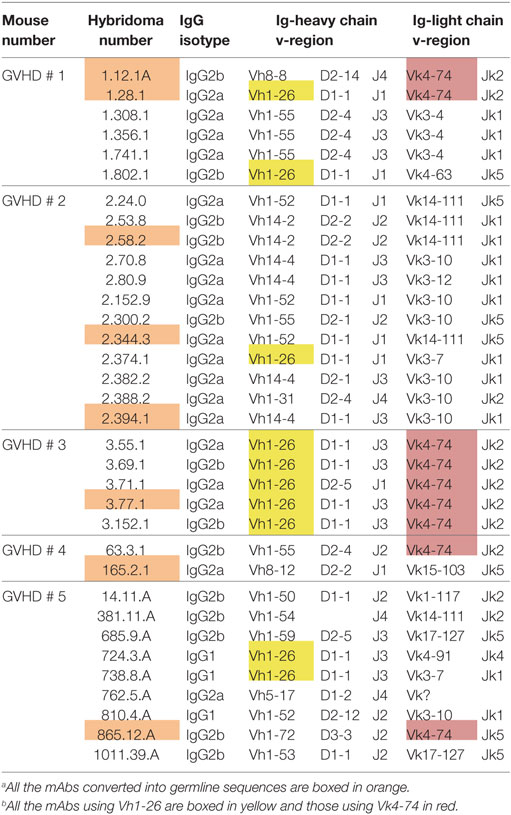Microsoft Office 2007 Enterprise Activated And Tested Positive For Ana
Applies To: Excel 2016 Excel 2013 Excel 2010 Excel 2007 Excel 2016 for Mac If you need to develop complex statistical or engineering analyses, you can save steps and time by using the Analysis ToolPak. You provide the data and parameters for each analysis, and the tool uses the appropriate statistical or engineering macro functions to calculate and display the results in an output table. Some tools generate charts in addition to output tables. The data analysis functions can be used on only one worksheet at a time. When you perform data analysis on grouped worksheets, results will appear on the first worksheet and empty formatted tables will appear on the remaining worksheets.

Ima Ai Ni Yukimasu Oster. Keygen product key office 2007. Microsoft Office 2007 Enterprise NO ACTIVATION serial: Microsoft Office. Gospellers Hurray Raritan. Real positive reviews!
To perform data analysis on the remainder of the worksheets, recalculate the analysis tool for each worksheet. The Analysis ToolPak includes the tools described in the following sections. To access these tools, click Data Analysis in the Analysis group on the Data tab. If the Data Analysis command is not available, you need to load the Analysis ToolPak add-in program. • Click the File tab, click Options, and then click the Add-Ins category. If you're using Excel 2007, click the Microsoft Office Button, and then click Excel Options • In the Manage box, select Excel Add-ins and then click Go. If you're using Excel for Mac, in the file menu go to Tools >Excel Add-ins.

• In the Add-Ins box, check the Analysis ToolPak check box, and then click OK. • If Analysis ToolPak is not listed in the Add-Ins available box, click Browse to locate it. • If you are prompted that the Analysis ToolPak is not currently installed on your computer, click Yes to install it. Rocket Jockey Patch Xp Service. The CORREL and PEARSON worksheet functions both calculate the correlation coefficient between two measurement variables when measurements on each variable are observed for each of N subjects. (Any missing observation for any subject causes that subject to be ignored in the analysis.) The Correlation analysis tool is particularly useful when there are more than two measurement variables for each of N subjects.
It provides an output table, a correlation matrix, that shows the value of CORREL (or PEARSON) applied to each possible pair of measurement variables. The correlation coefficient, like the covariance, is a measure of the extent to which two measurement variables 'vary together.' Unlike the covariance, the correlation coefficient is scaled so that its value is independent of the units in which the two measurement variables are expressed. (For example, if the two measurement variables are weight and height, the value of the correlation coefficient is unchanged if weight is converted from pounds to kilograms.) The value of any correlation coefficient must be between -1 and +1 inclusive. You can use the correlation analysis tool to examine each pair of measurement variables to determine whether the two measurement variables tend to move together — that is, whether large values of one variable tend to be associated with large values of the other (positive correlation), whether small values of one variable tend to be associated with large values of the other (negative correlation), or whether values of both variables tend to be unrelated (correlation near 0 (zero)).